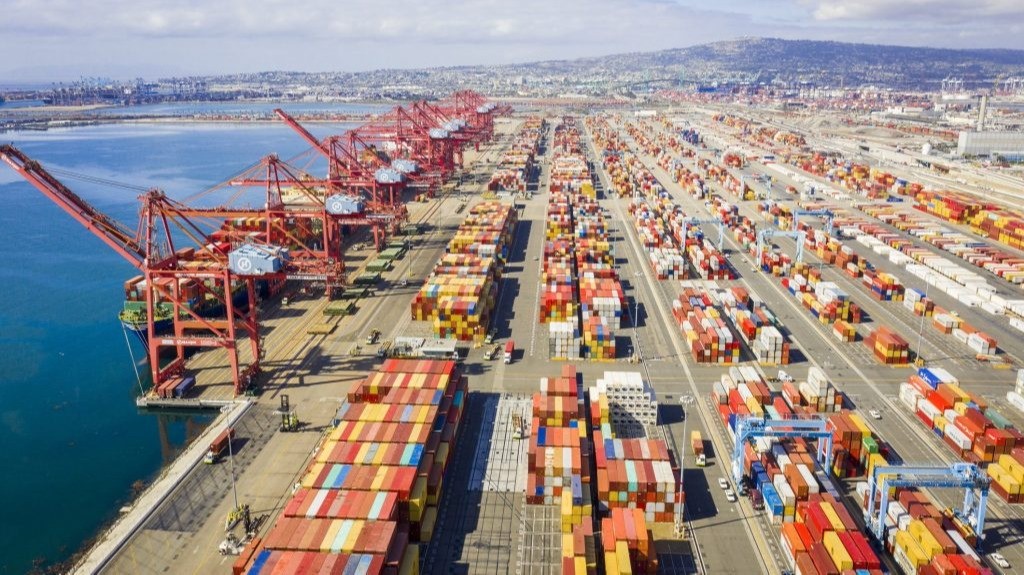The Port of Los Angeles, has seen significant congestion in the pandemic
Off the coast of Los Angeles, more than two dozen container ships filled with exercise bikes, electronics and other highly...

The Port of Los Angeles, has seen significant congestion in the pandemic
Off the coast of Los Angeles, more than two dozen container ships filled with exercise bikes, electronics and other highly sought imports have been idling for as long as two weeks.
In Kansas City, farmers are struggling to ship soybeans to buyers in Asia. In China, furniture destined for North America piles up on factory floors.
Around the planet, the pandemic has disrupted trade to an extraordinary degree, driving up the cost of shipping goods and adding a fresh challenge to the global economic recovery. The virus has thrown off the choreography of moving cargo from one continent to another.
At the center of the storm is the shipping container, the workhorse of globalization.
Americans stuck in their homes have set off a surge of orders from factories in China, much of it carried across the Pacific in containers — the metal boxes that move goods in towering stacks atop enormous vessels. As households in the United States have filled bedrooms with office furniture and basements with treadmills, the demand for shipping has outstripped the availability of containers in Asia, yielding shortages there just as the boxes pile up at American ports.
Containers that carried millions of masks to countries in Africa and South America early in the pandemic remain there, empty and uncollected, because shipping carriers have concentrated their vessels on their most popular routes — those linking North America and Europe to Asia.
And at ports where ships do call, bearing goods to unload, they are frequently stuck for days in floating traffic jams. The pandemic and its restrictions have limited the availability of dockworkers and truck drivers, causing delays in handling cargo from Southern California to Singapore. Every container that cannot be unloaded in one place is a container that cannot be loaded somewhere else.
Economies around the globe are absorbing the ripple effects of the disruption on the seas. Higher costs for transporting American grain and soybeans across the Pacific threaten to increase food prices in Asia.